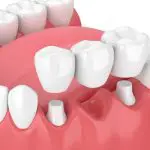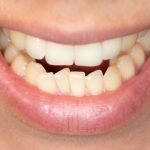Teeth Shifting After Extraction: How Long Does It Take?
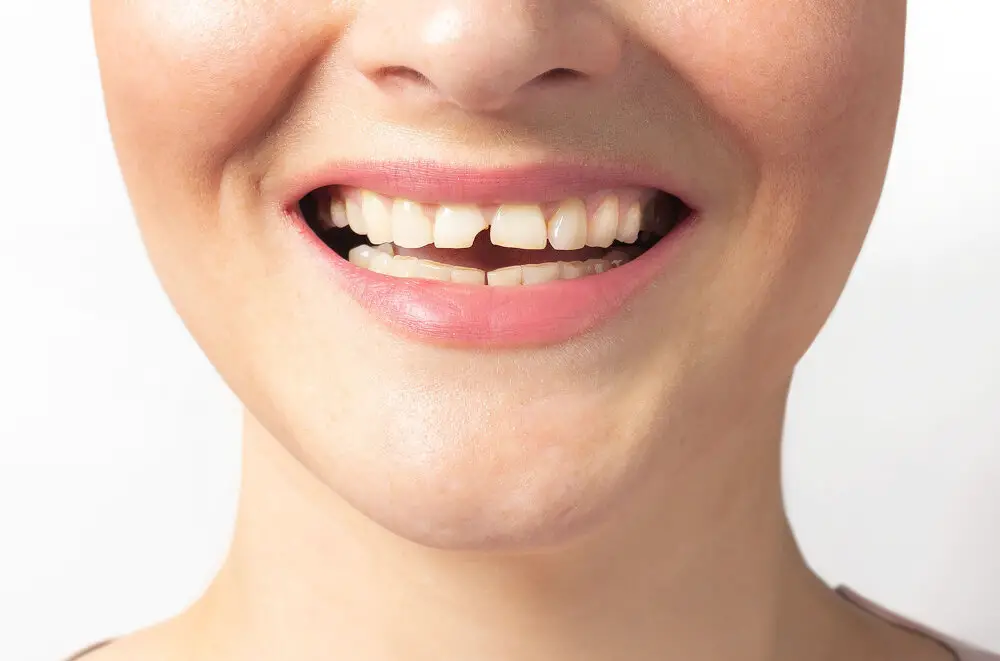
Dental extractions are a common procedure for a variety of reasons, including decay, infection, and orthodontic treatment. However, after an extraction, the surrounding teeth may shift, leading to potential problems with bite alignment and overall oral health. This phenomenon is a natural occurrence and can happen to anyone who has had a tooth removed. But how long does it take for teeth to shift after extraction, and what can be done to prevent or mitigate the effects?Teeth shifting after extraction is a gradual process that can take weeks, months, or even years to become noticeable. The speed and severity of shifting depend on various factors, such as the location of the extracted tooth, the age of the patient, and the condition of the surrounding teeth and gums. While some degree of shifting is normal and expected, excessive or uneven movement can cause problems such as crooked teeth, misaligned bite, and difficulty chewing or speaking. Therefore, it is crucial to understand the timeline and potential consequences of teeth shifting after extraction, as well as the available options for prevention and treatment.
Tooth extraction is a dental procedure that involves removing a tooth from its socket in the jawbone. This is usually done in cases where the tooth is severely damaged or infected and cannot be saved by other means, such as root canal treatment. Tooth extraction can also be necessary for orthodontic reasons, such as creating more space in the mouth for teeth to shift into their proper positions. The procedure is typically done under local anesthesia, and the dentist or oral surgeon will carefully loosen the tooth from its socket and remove it. After the tooth is extracted, the patient may experience some discomfort and swelling, but this can usually be managed with pain medication and icing the area.
It is crucial to comprehend the aftermath of tooth extraction to ensure a successful recovery. After a tooth extraction, the extraction site is left with a gaping hole that needs to be filled with a blood clot to promote healing. Understanding how to take care of the extraction site and prevent complications such as dry socket, infection, and excessive bleeding is essential. Additionally, understanding the timeline of the healing process is critical as it can take up to six months for the surrounding bone and gum tissue to fully heal. Neglecting to comprehend the aftermath of tooth extraction can lead to long-term consequences such as teeth shifting, which can cause bite problems and even impact overall oral health. Therefore, taking the time to understand the aftermath of tooth extraction is crucial for a successful recovery and long-term oral health.
Why do Teeth Shift After Extraction?
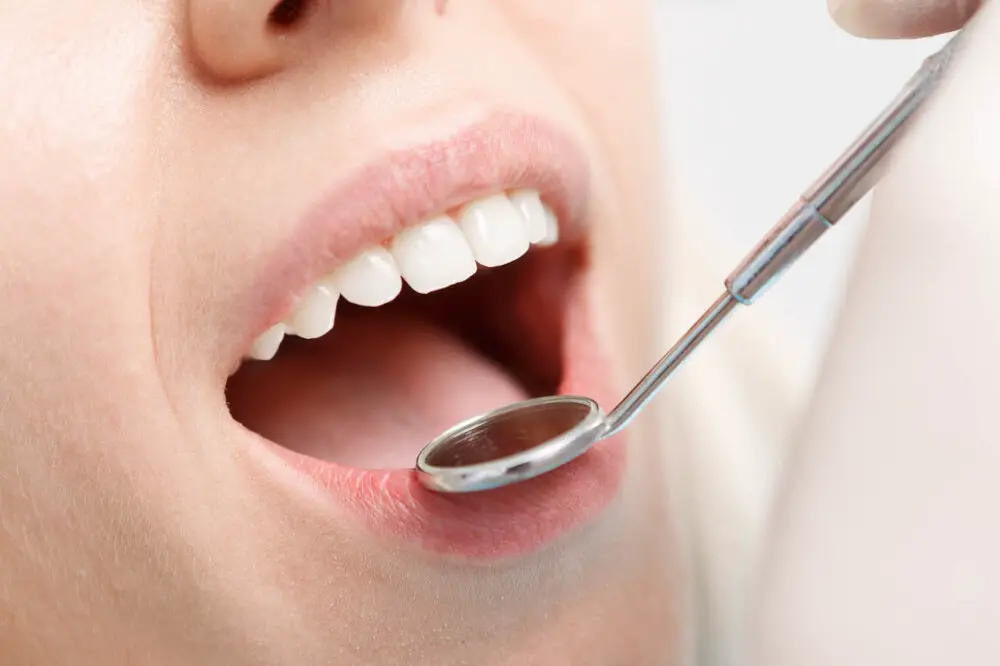
When a tooth is extracted from the mouth, the surrounding bone and soft tissue undergo a healing process. This healing process involves the formation of a blood clot in the tooth socket, which over time will be replaced by new bone tissue. While this process is taking place, the surrounding teeth may shift or move slightly to fill the gap left by the extracted tooth. This is because the teeth in the mouth are constantly in a state of balance and any disruption, such as the loss of a tooth, can upset this balance. The teeth next to the extracted tooth may move towards the center of the gap, while the teeth opposite the gap may also shift towards it. In some cases, the teeth may move significantly, leading to problems with bite alignment and overall oral health. The degree to which teeth shift after extraction varies from person to person. Factors such as age, the position of the extracted tooth, and the presence of any gum disease or other oral health issues can all affect the rate and extent of tooth movement. In general, however, teeth are most likely to shift in the first few months after extraction, as the healing process is still taking place. Over time, as new bone tissue forms and the surrounding tissues stabilize, tooth movement will become less likely. Nonetheless, it is important to monitor the position of the teeth after extraction and to seek advice from a dental professional if significant shifting occurs.
After a tooth extraction, the surrounding teeth may start to shift and move slightly, which can affect the alignment of the entire jaw. This is because teeth rely on each other for support and stability, and when one is missing, the neighboring teeth may shift to fill the gap. The degree of movement depends on various factors, such as the location of the extracted tooth, the age of the patient, and the presence of any underlying dental conditions. Typically, the first few weeks after an extraction are critical, as this is when the surrounding teeth are most likely to shift. However, the entire process can take several months or even years to complete, and the final outcome may depend on whether the patient receives any follow-up treatments such as dental implants, bridges, or braces.
There are several factors that can contribute to teeth shifting after extraction. One of the main reasons is the lack of support caused by the missing tooth, which can cause the surrounding teeth to shift and move. Additionally, the changes in pressure and force distribution in the mouth can also cause teeth to shift. Poor oral hygiene and gum disease can also weaken the supporting structures of the teeth, making them more susceptible to shifting. Furthermore, age, genetics, and the type and location of the extracted tooth can also play a role in teeth shifting after extraction. It is important to discuss with your dentist about ways to prevent teeth shifting and to ensure proper oral care after extraction.
Types of teeth shifting after extraction can occur due to various factors such as age, tooth location, and the severity of the extraction. The most common type of tooth shifting is mesial drift, where the teeth next to the extracted tooth move towards the gap, causing overcrowding. Another type of tooth shifting is vertical eruption, where the opposing tooth erupts into the gap, causing occlusal interference. Additionally, rotational drifting can occur, where the adjacent tooth rotates into the extraction site, causing misalignment. Therefore, it is crucial to wear retainers after extraction to prevent any unwanted tooth movement and maintain proper alignment of the teeth.
How Long Does it Take for Teeth to Shift After Extraction?

After a tooth extraction, the surrounding teeth may shift due to the gap created by the missing tooth. This is because teeth rely on the support and pressure provided by neighboring teeth to maintain their position. The timeframe for teeth to shift after extraction varies from person to person. However, research suggests that the most significant movement occurs within the first six months after extraction. During this period, the bone and gum tissues around the extraction site begin to heal and remodel, and the teeth adjacent to the gap may start to shift towards the empty space. The extent of teeth shifting also depends on various factors, such as the number of teeth extracted, the location of the extracted tooth, and the patient’s age and oral health. In some cases, the shifting may be minimal and hardly noticeable, while in others, it can lead to significant changes in the patient’s bite and overall dental structure. Therefore, it is crucial to consult with a dentist after tooth extraction to discuss the necessary steps to prevent or manage teeth shifting, such as orthodontic treatment or dental implants.
After a tooth extraction, the surrounding teeth tend to shift and move towards the gap left by the missing tooth. This process is known as \teeth shifting\ and can occur at different rates depending on a variety of factors, including the location of the extracted tooth, the age of the patient, and the presence of any underlying dental problems. Typically, the first few weeks after extraction are critical in terms of teeth shifting, as the bone and tissue around the gap begin to heal and adjust to the new space. Over time, the movement of surrounding teeth will slow down and eventually stop, usually within six months to a year. However, in some cases, teeth shifting may continue for several years after extraction, especially if there are other missing teeth or underlying dental issues that are not addressed. Therefore, it is important to seek the advice of a dental professional if you are experiencing teeth shifting after an extraction to ensure the best possible outcome for your oral health.
Several factors can affect the speed of teeth shifting after extraction. The position and alignment of the teeth, the size and shape of the extraction site, and the individual’s age and bone density can all play a role in the rate of tooth movement. In addition, the type of orthodontic treatment used to correct the shift can also impact the speed of movement. For example, traditional braces may provide more control over the speed and direction of tooth movement, whereas clear aligners may require longer treatment times to achieve the desired results. It’s important to discuss these factors with your orthodontist and follow their recommendations to ensure the best possible outcome for your dental health.
After an extraction, teeth shifting is a common occurrence that may happen if the gap left behind is not filled. The time frame for teeth shifting after extraction varies from person to person, but it typically takes around six months to a year for teeth to shift significantly. The process of teeth shifting after extraction is gradual, and it may not be noticeable at first. However, over time, the surrounding teeth will start to shift and move into the space left by the extracted tooth. This can cause changes in the bite, alignment, and appearance of the teeth, which is why it is recommended to seek treatment options such as dental implants or bridges to prevent further shifting.
What Can Be Done to Prevent Teeth Shifting After Extraction?
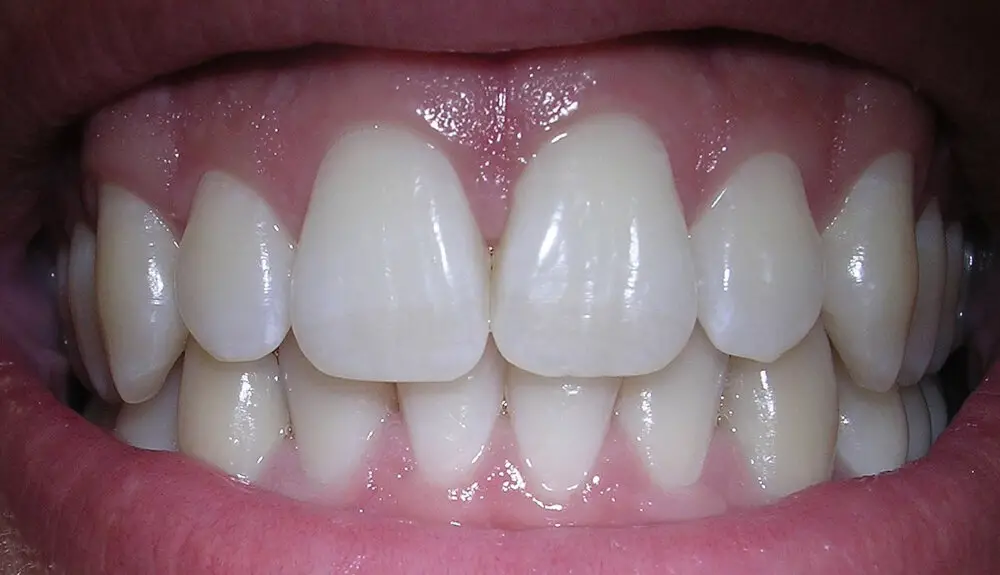
After a tooth extraction, it is common for teeth to shift or move, which can cause various dental problems. However, there are several things that can be done to prevent teeth shifting after extraction. One of the most effective ways to prevent teeth from shifting is by using a dental retainer. A retainer is a device made of plastic or metal wires that are custom-made to fit over the teeth. The retainer keeps the teeth in place and prevents them from shifting after extraction. It should be worn as directed by the dentist to ensure proper alignment of the teeth. Another way to prevent teeth from shifting after extraction is by maintaining good oral hygiene. Brushing and flossing the teeth regularly will help to keep the teeth and gums healthy. Healthy teeth and gums are less likely to shift or move after extraction. Additionally, maintaining a healthy diet rich in calcium and vitamin D can help to strengthen the teeth and bones, which can prevent teeth from shifting. It is important to follow all instructions provided by the dentist to ensure the best possible outcome after tooth extraction. By taking these steps, patients can reduce the risk of teeth shifting and maintain a healthy, beautiful smile.
Postextraction care is essential to ensure proper healing and prevent complications such as infection and excessive bleeding. To promote healing, it is recommended to avoid smoking, alcohol, and hard foods for at least 24 hours after the procedure. Bite down gently on gauze for the first few hours to control bleeding and swelling. Applying an ice pack to the affected area for 20 minutes on and off can also help reduce swelling and discomfort. Pain and discomfort can be managed with over-the-counter pain relievers or prescription medication if prescribed. It’s important to maintain good oral hygiene by gently brushing the teeth and tongue, while avoiding the extraction site, and rinsing the mouth with saltwater. Following these postextraction care instructions can help ensure a smooth and successful healing process.
It is essential to follow the dentist’s instructions after having a tooth extraction to avoid any complications, such as teeth shifting. The dentist’s instructions may include avoiding certain foods, taking prescribed medication, and practicing proper oral hygiene. Failure to follow these instructions may result in delayed healing, infection, and even the shifting of neighboring teeth. It is crucial to keep the extraction site clean and avoid putting pressure on it, which can cause the blood clot to dislodge. Additionally, the dentist may recommend a follow-up appointment to monitor the healing process and ensure that there are no complications. Following the dentist’s instructions can help ensure a successful and speedy recovery after a tooth extraction.
After tooth extraction, it is common for the surrounding teeth to shift and cause misalignment. However, there are several treatment options available to prevent this from happening. One option is to get a dental bridge, which is a prosthetic device that replaces the missing tooth and is anchored to neighboring teeth. Another option is to get a dental implant, which is a more permanent solution that involves surgically placing a replacement tooth root into the jawbone. Orthodontic treatment, such as braces or clear aligners, can also be used to realign teeth and prevent shifting. Additionally, wearing a retainer or night guard can help keep teeth in their proper position. It is important to discuss all treatment options with a dental professional to determine the best course of action for each individual case.
In summary, teeth shifting after extraction can occur due to the natural movement of teeth in the mouth, which is influenced by various factors such as age, genetics, and habits like grinding or clenching. The rate and extent of shifting can vary, but it typically takes several months for the teeth to stabilize and reach their final position. To prevent excessive shifting, it is crucial to follow proper oral hygiene practices and wear any prescribed retainers or appliances as directed by the dentist. In some cases, additional orthodontic treatment may be necessary to correct any misalignment or crowding that occurs after tooth extraction.
It is of utmost importance to seek professional advice when experiencing any dental issue, including teeth shifting after extraction. Consulting a dental professional can provide crucial insights into the cause of the problem and the best course of action to prevent further damage. Attempting to self-diagnose and self-treat dental problems can lead to worsening conditions and potentially irreversible damage. Seeking the advice of a professional dentist can help patients avoid unnecessary pain, discomfort, and expenses in the long run. Additionally, a dental professional can provide personalized recommendations and tips for maintaining optimal oral health, which can prevent future dental problems from arising. Therefore, seeking professional advice is critical for those experiencing teeth shifting after extraction or any dental issue.
To conclude, teeth shifting after extraction is a natural process that occurs due to the lack of support in the jawbone. The duration of shifting may vary from person to person and can also depend on several factors such as age, genetics, and the number of teeth extracted. Therefore, it is crucial to consult an orthodontist to get an accurate assessment of your dental health and receive proper guidance on the appropriate treatment options. It is also recommended to follow a healthy oral hygiene routine, wear retainers as prescribed, and avoid habits like grinding or clenching your teeth to prevent any further damage. With proper care and attention, you can maintain a healthy and beautiful smile for years to come.
Conclusion

In conclusion, teeth shifting after extraction is a common occurrence that can happen to anyone. The duration of shifting can vary depending on several factors such as age, the number of teeth extracted, and the type of extraction. Generally, the immediate shifting of teeth can be expected within the first few weeks following extraction, while long-term shifting may take months or even years. It is crucial to follow the post-extraction instructions provided by your dentist to minimize the risk of shifting. Additionally, regular dental check-ups can help detect and treat any shifting that may occur. Overall, the shifting of teeth after extraction is a natural process that can be managed with proper care and attention. If you are concerned about your teeth shifting after extraction, speak to your dentist for advice on how to maintain your dental health and prevent any unwanted changes.

